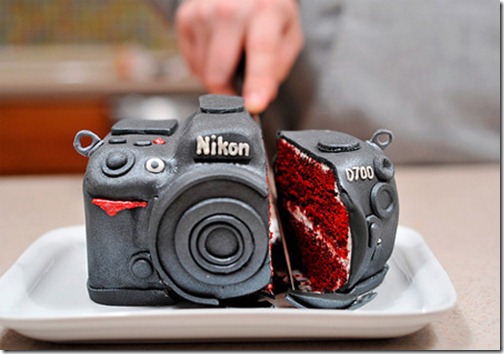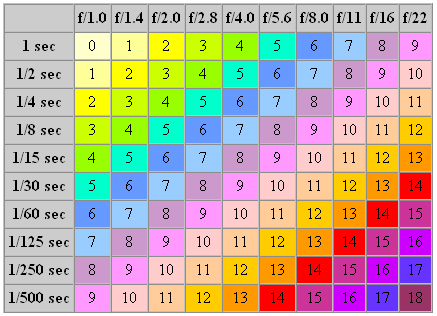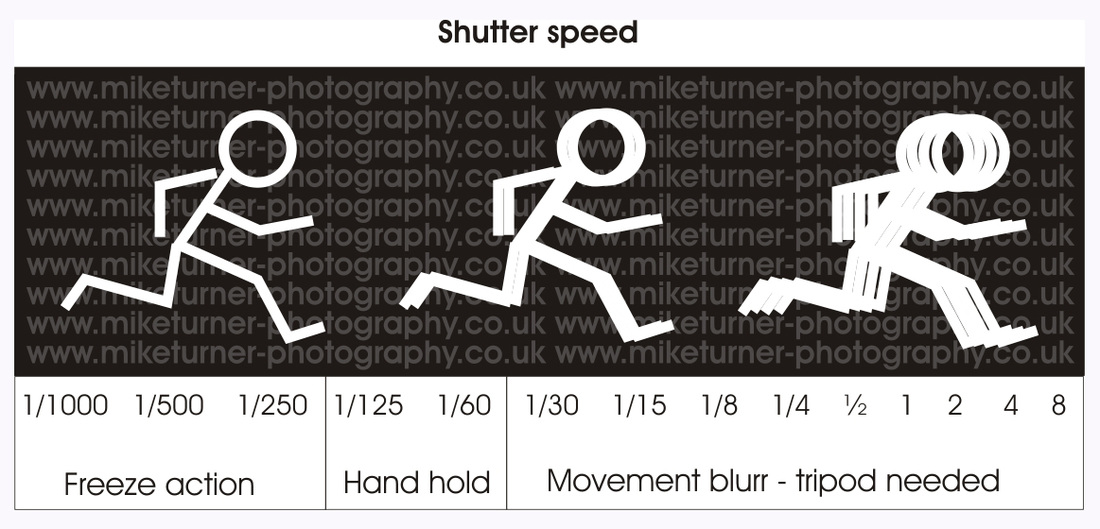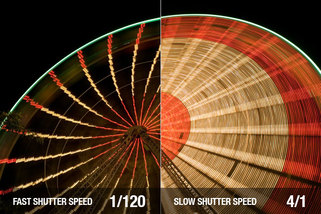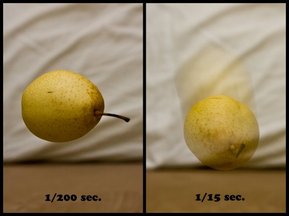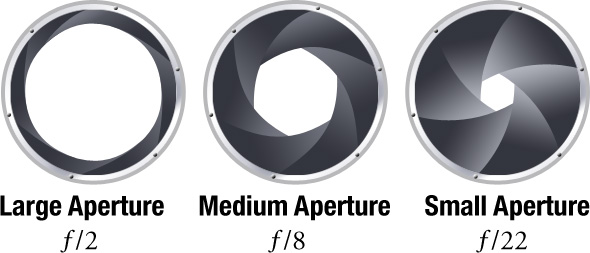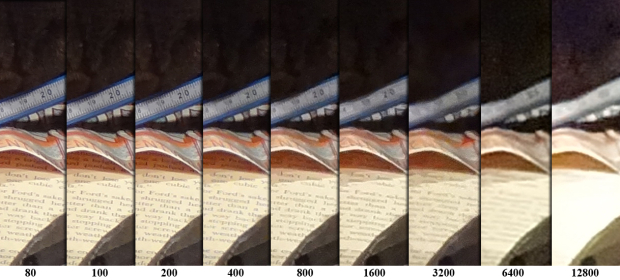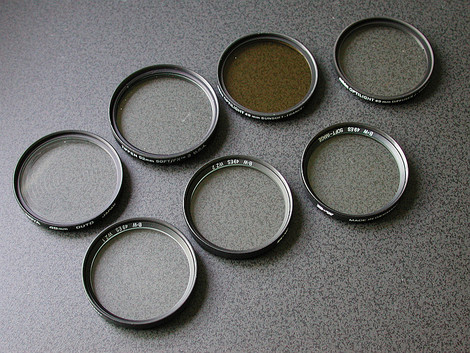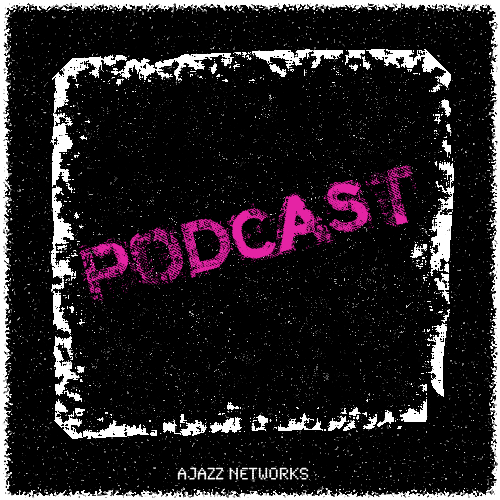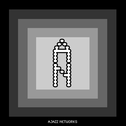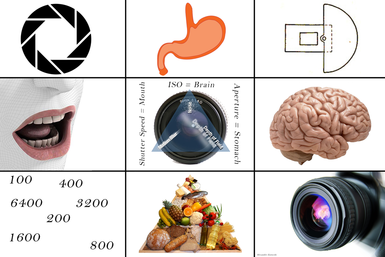
Let's parallel this common practice with our body and food consumption. Our mouths are similar to shutter speed. The speed at which we chew determines the rate at which we’ll be able to consume our food. Chewing faster or chewing for a longer amount of time can determine how well we will digest food. It would be beneficial if we chewed our food at least fifty times before swallowing to help break it down for our stomachs before major digestion. Eating too fast is not good for a few reasons.
For one, we’d be eating like ducks. Ducks don't chew their food and that's not good for a healthy passage through our digestive tract. Another reason is we might eat too much food without realizing it. It takes twenty minutes for your brain to know your stomach is full and then relay that information back to you. So if we stuff our faces and fill our stomachs to the top before our brain has a chance to determine the amount of food in our stomachs, it can leave us with more than a few problems. Indigestion, heartburn, and a tummy ache are just to name a few.
Our stomachs are most like aperture. It only allows so much food into our bodies at a time, depending on how large our stomachs are. Some people have larger stomachs than others. Compare this to fast lenses (lets in more light) and slow lenses (lets in less light). You might have an unusual, slow prime-lens-stomach with an aperture of f/8 or small stomach that tends not to stretch. I might have an unusually fast, zoom-lens-stomach with a maximum aperture of f/1.8 (at its largest) and minimum aperture of f/5.6. This is where focal length comes into play.
At my stomach's largest aperture and "zoomed out" to its widest, I'll be able to eat the table compared to your modest f/8 stomach where you'd only be able to munch down a salad and nothing more. Your stomach manufacture decided that your non-zooming, prime-lens-stomach has a maximum aperture of f/8 and a minimum of f/22. You don't have a dynamic focal length because thankfully, your brain doesn't allow you to eat more than you can consume. My brain and my zoom-lens-stomach gives me the go-ahead to do as I please. Filling up may not be the ideal or safe way to consume a meal, but it's all down to personality, chemical makeup, and ingrained eating habits as to which type of stomach you have.
Our brains are most like ISO when it comes to adding more food to our bodies and can result in a noisy or grainy bowel movement if we’re not careful. The amount of food we consume can be influenced by our social environment, by our mood, or by our local resources. If you are at a party, your brain tells you to eat because other people are eating too. If you are happy or even if you are extremely depressed while at this party, you might eat more than usual. If this party has a few pretzels and chips lying around, your brain might decide it's not worth it. On the other hand, if this party has sushi, smoked salmon, bacon wrapped hot dogs, cookies, brownies, fudge dipped in dark chocolate, and chocolate covered bacon, your brain might tell you to dive in.
ISO gives us extra "light" when we need it. It's not real light, however. It's fake. Our brains see food and are naturally inclined to eat more or less depending on the situation and environment. A good example would be if you're a runner. Your brain might decide it's a good idea to "carb up" and give your body the energy it needs to sustain itself for a huff and puff journey around the lake and back. The notion that eating a ton of sugar and running off to a Little League game with hopes of having enough energy to sustain you throughout the entire game might result in lying face down in right field.
I said I wouldn't be covering accessories but I think I should. Most common are ND filters or neutral density filters that are attached to lenses which cut or manipulate the light entering a lens. Also, they protect lenses from scratches and keep out dust. We can also think of photography books as accessories for our minds. How does all this relate to your body and the food you consume? It's really simple: tools = knowledge.
Your knowledge about food and nutrition is your only accessory or filter or defense against eating foods that are unhealthful for your body. There's more to basic consumption than listening to the latest dieting trends. There's chemistry, philosophy, theory, and the list goes on. The best place to start is by using simple logic. If it came directly from the ground it's probably safe. But where was it grown and who grew it? Should I be consuming my protein from a tub of powder or might it be a better idea to do as humans have done for thousands of years and eat animals and beans? How in the world did we survive without a supermarket?! What has this delicious round-ridged, chocolate peanut butter cup, orgasm-in-my-mouth ever done for me? Probably nothing too beneficial sans orgasm.
When we tie these elements together, shutter speed, aperture, and ISO, we realize that when we make an adjustment to only one of these, the others somehow change. If we don’t chew our food properly it can negatively impact our digestive tract. If we fill our stomachs to the top, it can cause heartburn or indigestion. If we allow our brains to take control of our consciousness, we’ll become chocolate chip, crab chip, miracle whip aficionado-zombies. This is where the accessories come into play. There are excellent nutrition blogs online. If you don’t like the whole reading thing, somehow you made it this far along so congrats to you, use Pinterest. If you do enjoy a good read...
Well, Dr. Pooper, I hope you’re satisfied. I just compared camera reciprocity to nutrition. I win a dark chocolate covered beet.
About the author: Alex Zarnoski is founder of AjazzNetworks.com and host of Ajazz Tech.
